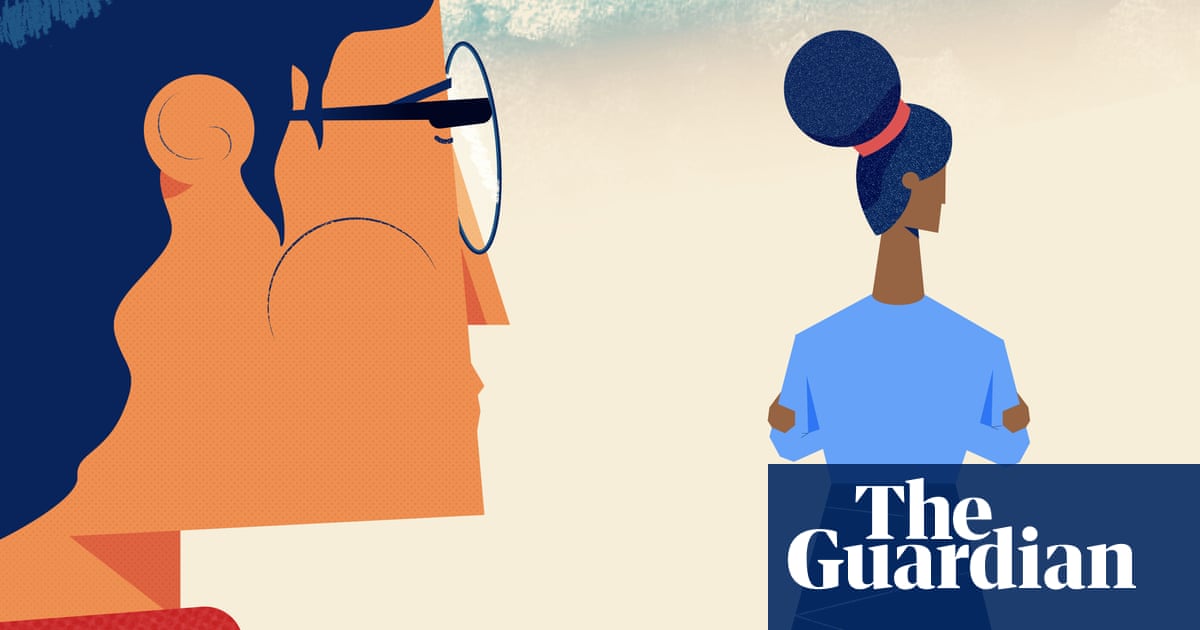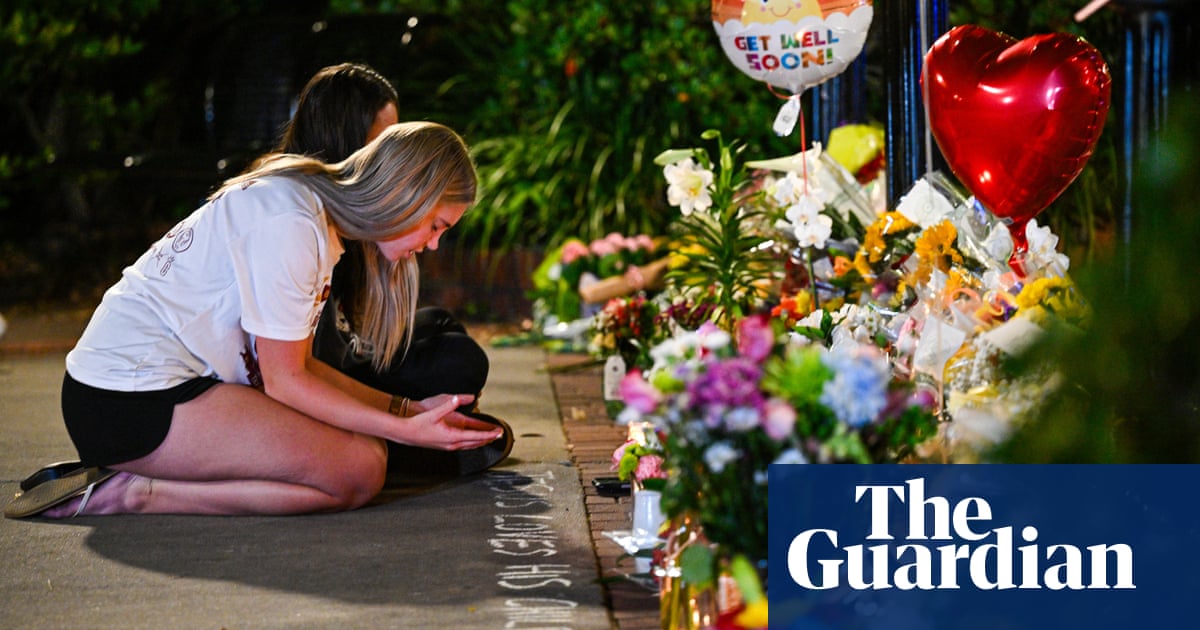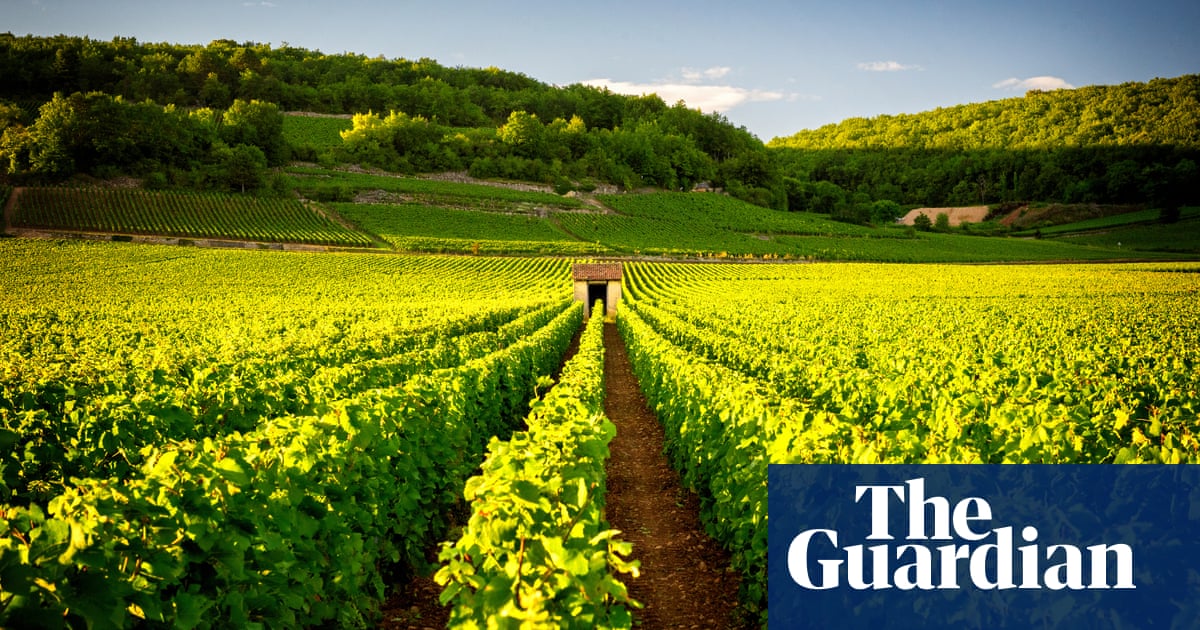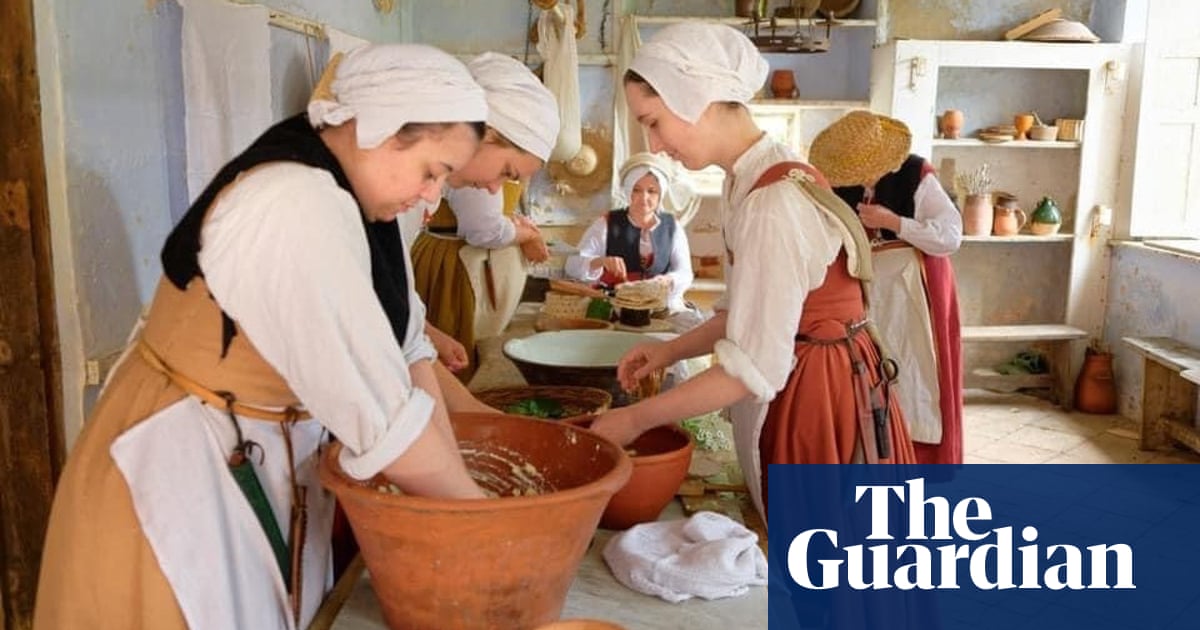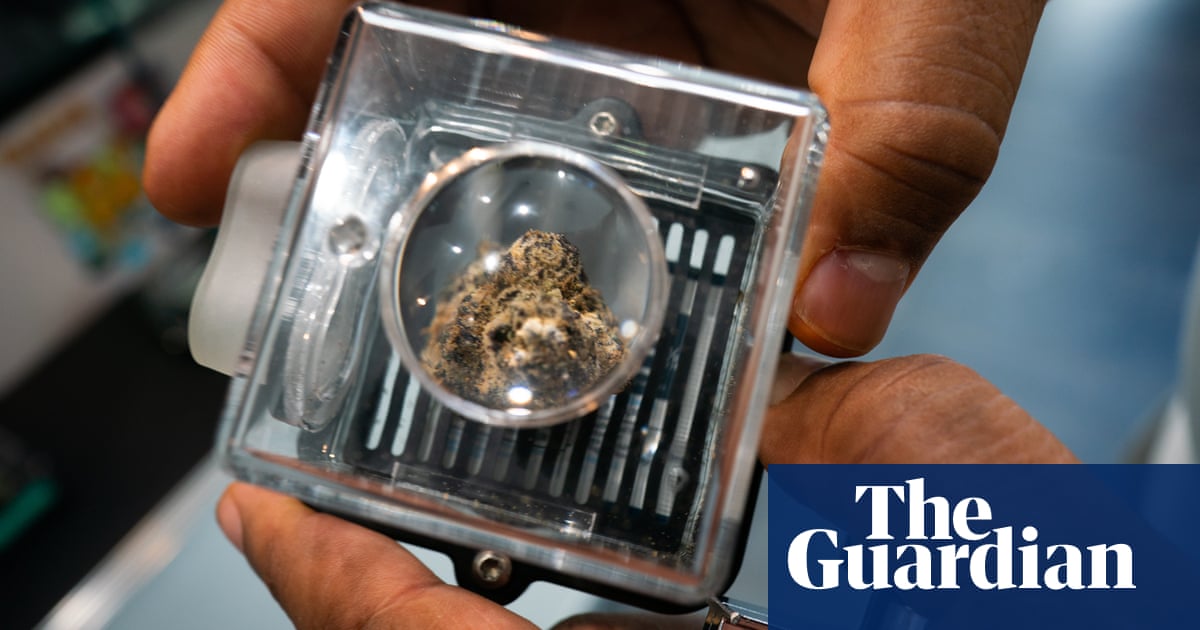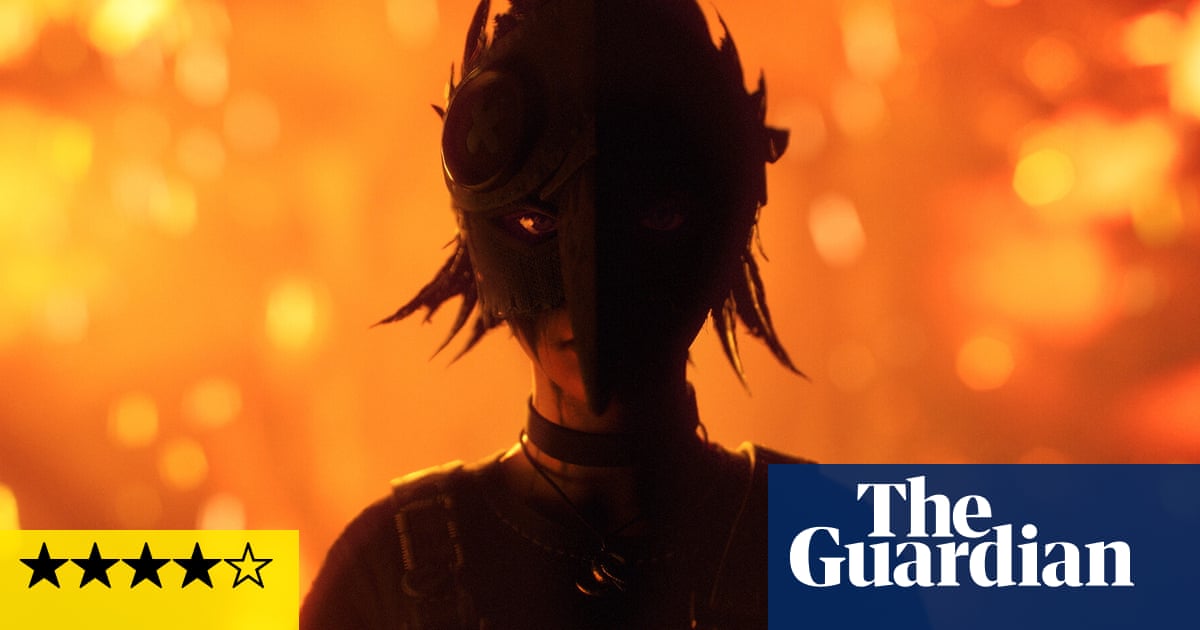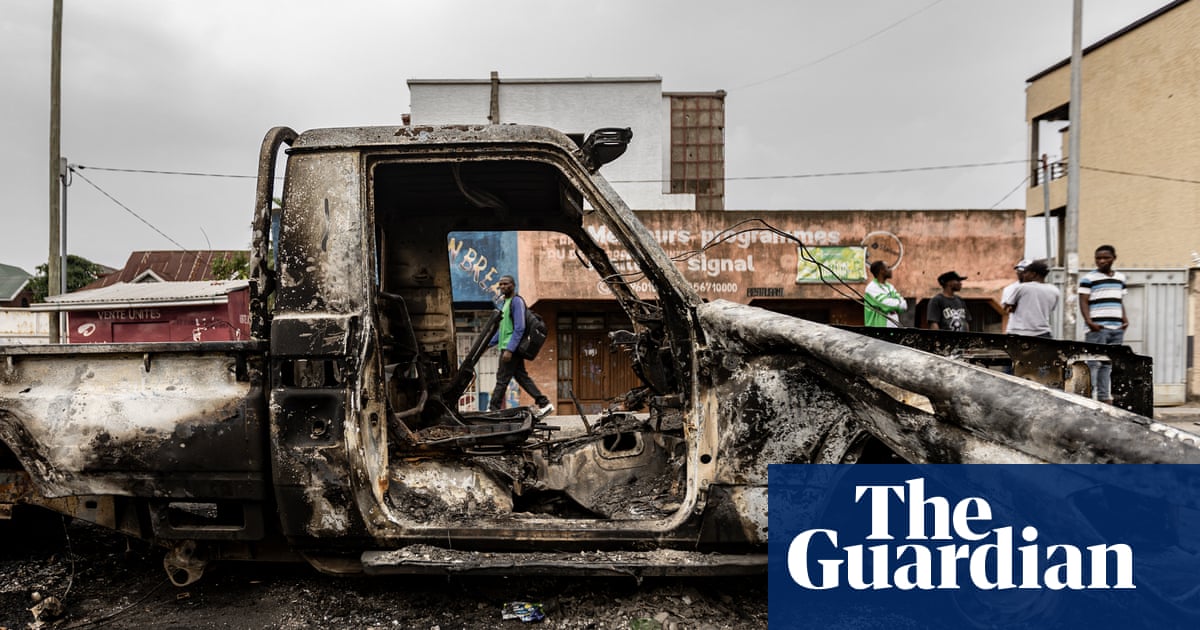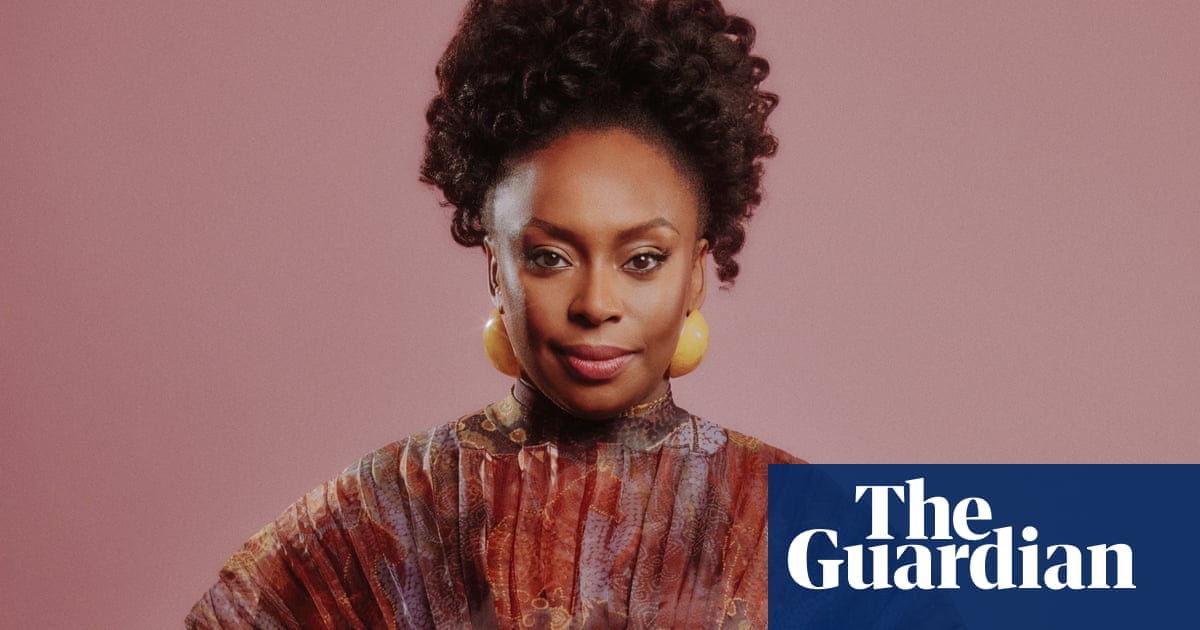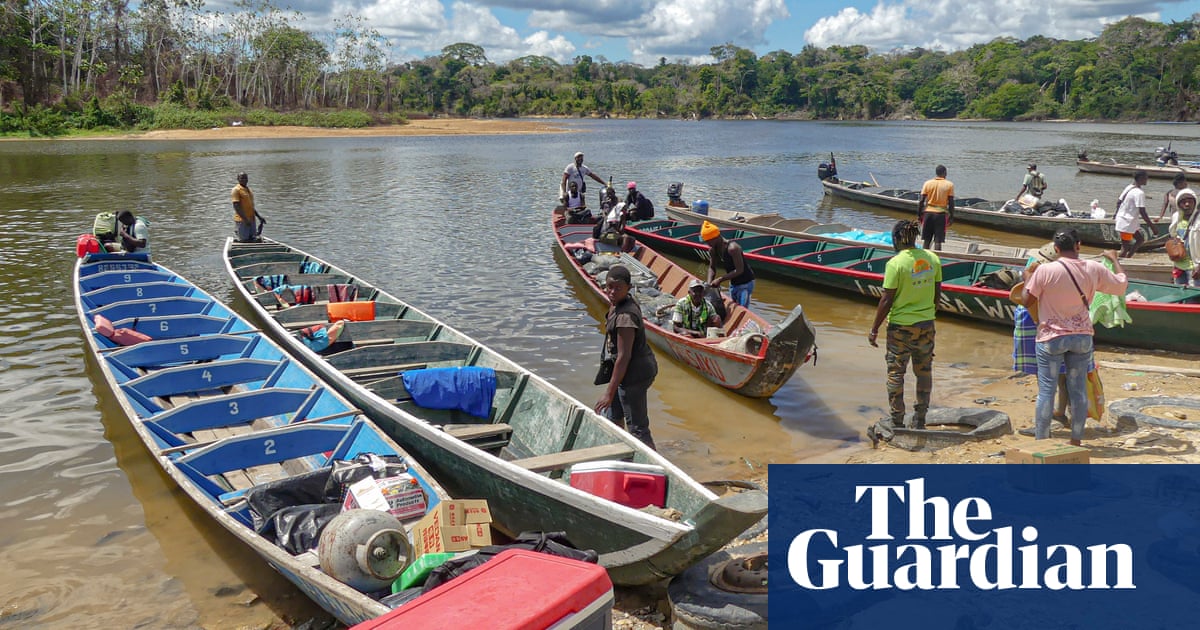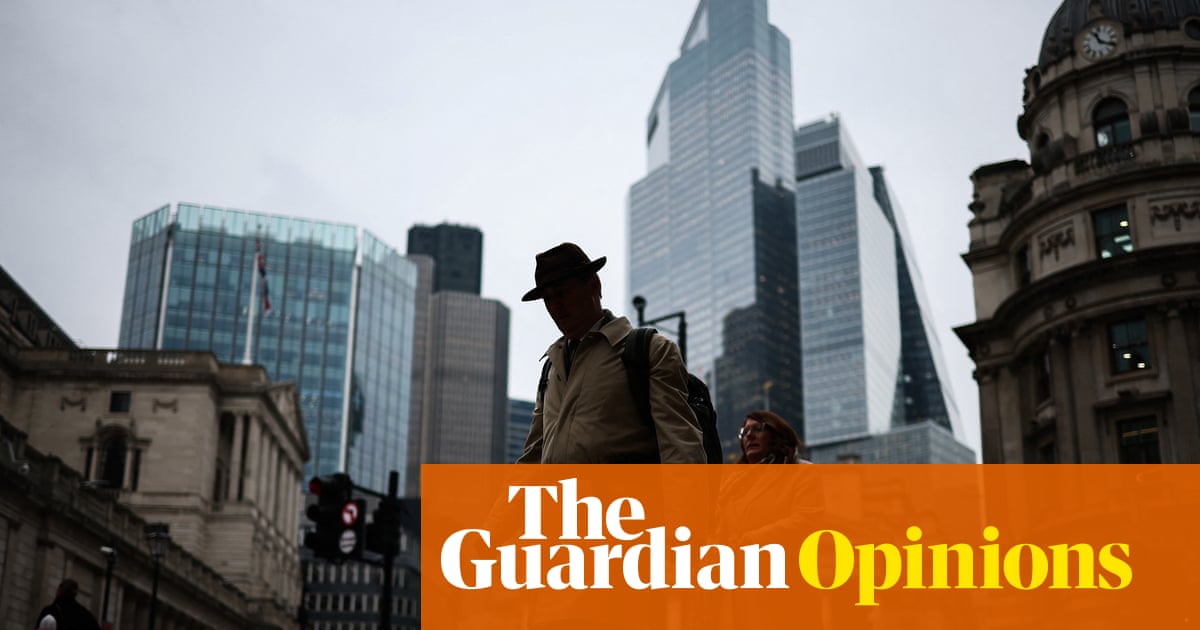The French cinéaste Agnès Varda, who died in 2019 at the age of 90, had many lives. Initially a photographer, she broke through as a film-maker with Cléo from 5 to 7 in 1962, and then reinvented herself in her late 70s with art installations that toured the world’s most prestigious contemporary exhibition spaces, from the Venice Biennale to the Los Angeles Museum. Her last film documentaries such as the autobiographical Les plages d’Agnès (2008) and Visages, Villages (2017) reaped awards worldwide.
The elf-looking gamine with her eternal short bob and soft melodious voice showed through her life a formidable determination, imposing herself in a man’s world. Today, Varda is a French monument. So much so that her work is now exhibited for the first time in one of Paris’s most iconic and historic museums, the Musée Carnavalet, dedicated to the history of the French capital.

Agnès Varda’s Paris, Here and There, which has just opened, focuses on her first profession, that of “artisan photographer”. This small but perfectly formed exhibition displays for the first time Varda’s early photography work and invites the viewer into her Parisian home, a temple to art and friendship.
For Varda, photography and Paris were intimately linked. Perhaps because she never left the impasse at 86 Rue Daguerre near Montparnasse, where she lived for almost 70 years. Made of two derelict shops joined by a courtyard alley, Varda transformed this islet of a place into a studio, a playground and a home where clients, family, friends, fellow artists and lovers would constantly cross paths. On first visiting the place in 1951, her father asked if she really wanted to live and work in this ramshackle barn with only a squat toilet in the courtyard. She answered, “I’ll make it work somehow.” And she did.
Her Greek father and French mother had fled the German invasion in June 1940 and settled with their five children in the seaside resort of Sète in Languedoc. After Germany occupied the whole of France in late 1942, the family moved to Paris. No more southern light and warmth: “Paris was cold and sad. Germans were everywhere”, she recalled. However, as Paris was liberated in August 1944, a new spirit, one of freedom and unadulterated joy, galvanised the whole country and especially its youth. The 16-year-old Varda enrolled at the Louvre art school and chose to become a photographer. She also legally changed her first name in an act of emancipation: born Arlette, she chose to be known as Agnès.
Officially registered with the photographers’ guild at the age of 18, she first lived in Montmartre with her lover, the sculptor Valentine Schlegel, who became one of her first models. The two young women then moved to 86 Rue Daguerre in the 14th arrondissement, after Agnès’s father agreed to help her buy these strange, interconnected boutiques in ruin.

Through Valentine, Varda met the maverick theatre director Jean Vilar. This encounter propelled Varda into the world of avant garde theatre and films. Vilar, who was Valentine’s brother-in-law, was France’s star theatre director whose productions of classics such as Corneille’s Le Cid with heartthrob Gérard Philippe in the title-role attracted the crowds. Vilar believed in popular theatre and, thanks to a deliberate policy of affordable tickets, brought the magic of classics to a working-class public. Served by the most talented young actors from the Paris drama school known as Le Conservatoire, Vilar believed that the working class deserved the best; it was a perfect French case of elitism for all, and it worked. Varda became Vilar’s official photographer, taking portraits of all the actors, and documenting rehearsals and the life of the theatre company, in Paris and on tour.
Alongside her professional work, Varda developed her own style, inspired by surrealism. In one of her personal works, she superimposed two negatives, one of the Seine River, another of the sculpted profile of a man, thus creating a strange and unsettling composition called The Drowned Man. She would cultivate this eerily otherness all her life. In her “studio-courtyard” as she called it, she started receiving many young actors looking for a new kind of professional portrait, in natural light, far from the old studio effects of light and shadows, sophisticated poses and makeup.
This thirst for spontaneity, naturalness and improvisation permeated all arts in the 1950s. In photography, her colleague Sabine Weiss, but also Willy Ronis and Robert Doisneau, made their mark for their ability to catch life and people in movement. Varda, although not a member of a photographers’ agency like Magnum, shared the same passion for people and freedom. Unlike photo-reporters who went on assignments anywhere in the world, Varda mostly photographed Parisians or visiting artists. In 1954, she dragged Federico Fellini, in Paris to promote his film La Strada, to a demolition site near her, and took pictures of him, half-hidden in trenches of stone debris. He didn’t seem to mind. “He was calm, smiling and patient,” she recalled. She also had the American artist and sculptor Alexander Calder crossing the street opposite her studio all afternoon carrying his huge mobiles while laughing.

News magazines started commissioning her work. She managed to impose both her stories and her vision, for instance when she followed a girl she had dressed as an angel through the streets of Paris, catching people’s reactions, half-surprised, half suspicious. She used Paris as decor, and sometimes as a character. At the time, the city was dark, its buildings covered with centuries-old grime and soot, and its people, for a large part, of modest origin. In 1957, Varda chose to document the life of Rue Mouffetard in the 5th arrondissement, one of Paris’s oldest streets, snaking down from the Panthéon. Its inhabitants were mostly poor or destitute, living at the fringes of society. Varda shot closeups of their faces, their eyes telling dramatic if not simply sad stories.
Her photography inevitably led her to cinema which, in the mid-1950s, stood at a crossroads. Her first long feature film, La Pointe Courte, was filmed in Sète in the summer of 1954, on a shoestring budget, thanks to the generosity of friends such as Alain Resnais, who edited the film for her and Vilar’s actors Philippe Noiret and Sylvia Monfort, who worked for free. Four years before the official birth of the French New Wave, La Pointe Courte announced the changes to come, although very few credited her for it. When her new partner, the film director Jacques Demy, moved in with her at 86 Rue Daguerre in 1959, movies and photography became the two most important things in her life, alongside her daughter Rosalie, born in 1958.
Varda was always too original and too curious about life to choose just one medium in which to express herself. Her notebooks, letters, news reports, extracts of her films and home videos, and her photography demonstrate her irresistible enthusiasm for all things eccentric and wondrous. As she said it herself: “I enjoy going here and there. I enjoy saying one thing and its opposite. I feel less trapped that way, because I do not choose just one version of life.”

 1 week ago
15
1 week ago
15


